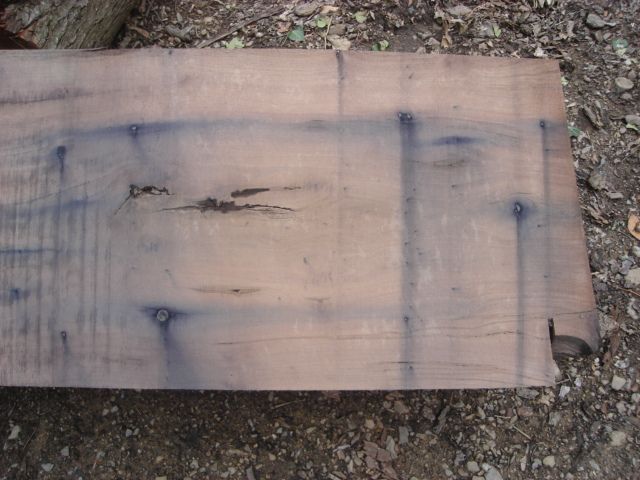Whether to Air-Dry Before Kiln-Drying
In almost all cases, better quality is obtained by kiln-drying from green. May 27, 2006
Question
We run a steam fired kilning facility for tropical timber. Our steam is produced as a byproduct from our turbines and is basically free. Our current sawmill manager insists on air-drying all dense timbers for 3 months before kilning, but already I am getting mixed impressions. I need advice before we make an expensive mistake.
Forum Responses
(Sawing and Drying Forum)
From contributor D:
You can, and probably should, dry from green. But the operator will have to pay more attention with daily MC loss readings from weight samples, etc. Also, it is important to have good equipment. Tight, well insulated kilns, good controls, good air flow, etc. If the kilns are old and leaky, if the controls are not able to maintain tight control, or if there is no cooperation from the kiln operator as to doing it right, then you might be better off continuing to air dry first.
From Gene Wengert, forum technical advisor:
How many BF do you want to dry per year? How much kiln capacity do you have? This will tell you how long each kiln run will be. You can then look at each species and determine if you need to AD or can go green. If you have plenty of kiln capacity, then green is the best way to go.
From contributor S:
When you speak of "dense timbers," what size timbers are you attempting to dry?
From contributor N:
We dry subtropical hardwoods in Australia. All of our stock is air dried for at least 3 months. Drying dense timber from green has its problems, mainly the moisture variation at the end of drying. With air drying, you get a more consistent result. Our product is mainly floorboards, which must be + or - 1% of target mc – a very hard task when drying from green. I have found that the density variation in our subtropical hardwoods even in the same specie can be large and can cause a lot of problems when drying from green.
From the original questioner:
Many thanks. Our kilns are tight, leak free and well run. Capacity of 1,000m3. The capacity and schedules are really not too much a problem, but the current 3 month air-dry strategy has been adopted supposedly to reduce kilning reject rates - for no other reason. The species density we are talking about are averaging 650kg/m3 at 12-15%. Our lumber stacked outside mid-December is now averaging 28%MC.
From Gene Wengert, forum technical advisor:
In almost all cases, better quality is obtained by not air drying. The sun and rain cause quite a bit of quality loss. Almost all quality loss occurs or is set up to occur at high MCs. So that is where you control quality.
